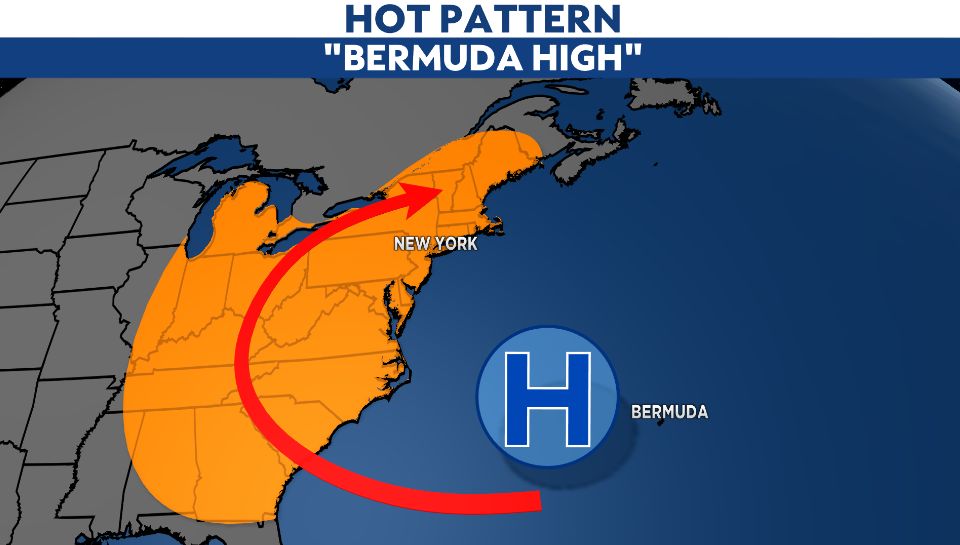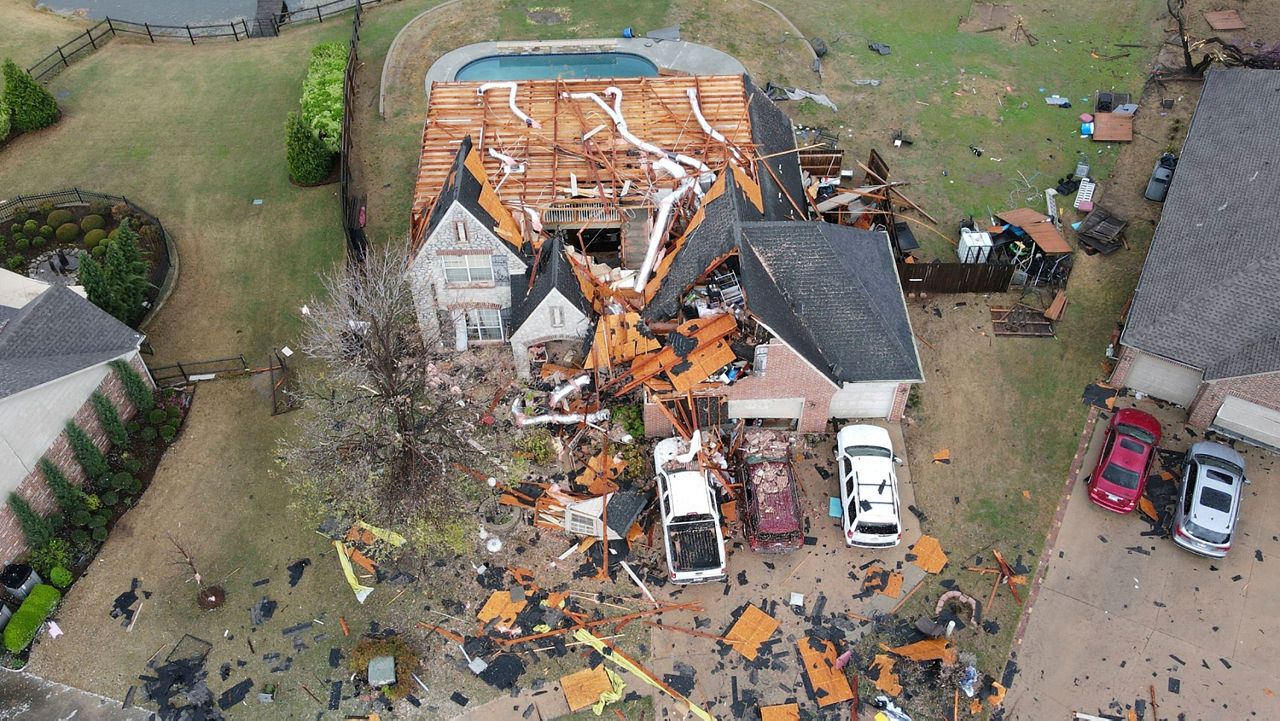The summer heat typically fades in August, but not this year.
Here are the hot facts.
This August is on pace to be one of the top five hottest for NYC in the past 153 years. Part of the reason is a run of 90-degree days, the likes of which we haven't seen in the city in over a decade.
The average number of 90-degree days in August is four, and it's also the number of 90-degree days that we saw last August.
This August has brought 11 days of 90. That's more than double the average, and it's the most since 2010, when there were 12 days of 90 degrees.
The hottest day this month was Aug. 9 when we hit 97 degrees. It happened during a four-day heat wave.
This surge in 90-degree days follows a hot July which brought nine days of 90. To have more 90-degree days in August than July is certainly unusual, as July is typically the hottest month of the year for NYC.
Part of the reason for the heat was a summer weather pattern known as a "Bermuda High." This is when an area of high pressure is near the island of Bermuda.
The clockwise winds around high pressure bring a surge of hot air to our area from the deep south.
Another factor in our hot weather pattern this month was a lack of rain. For the month, we've seen less than half the rain we see during a typical August. The lack of rain allows temperatures to rise higher during the summer afternoons.
Also, the dry ground can help temperatures climb as dry ground warms faster than wet ground because of the lack of water in the soil.

With a few days remaining in the month, we could add to our 90-degree total.
The most 90-degree days on record for August in NYC is 15. That happened in 1980.
The average number of 90-degree days for September is one. We haven't seen a 90-degree day in September in NYC in two years.
Our team of meteorologists dives deep into the science of weather and breaks down timely weather data and information. To view more weather and climate stories, check out our weather blogs section.








